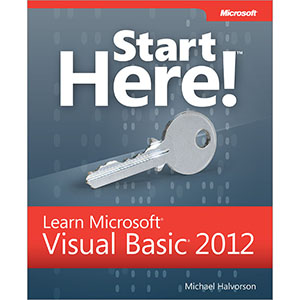Guide to Software Development

The challenge of improving the quality and process of implementing enterprise software has only become more complex, and software products for enterprise resource planning (ERP) often fail to provide quicker and more cost-effective solutions. Furthermore, the decision whether to make or buy software is not a simple one.
This Guide to Software Development addresses the problem of how best to make such decisions, and what effect such decisions have on the software development life cycle (SDLC). Offering an integrated approach that includes important management and decision practices, this text/reference explains how to create successful automated solutions that fit user and customer needs, by mixing different SDLC methodologies. Guiding readers through the theory, and applying this to the realities of practice, the book offers essential advice on defining accurate business requirements, and managing change.
Topics and features:
- Provides concrete examples and effective case studies
- Focuses on the skills and insights that distinguish successful software implementations
- Covers management issues as well as technical considerations, including how to deal with political and cultural realities in organizations
- Identifies many new alternatives for how to manage and model a system using sophisticated analysis tools and advanced management practices
- Emphasizes how and when professionals can best apply these tools and practices, and what benefits can be derived from their application
- Discusses searching for vendor solutions, and vendor contract considerations
Suitable for students of introductory project management, or analysis and design, this practical guide/reference will also be of interest to practicing IT professionals and executives involved in managing software projects, in addition to business managers responsible for ERP-type projects.
Table of Contents
1. Introduction
Part I: Determining Needs
2. Assessing Business Requirements
3. Build vs. Buy Issues
4. Establishing Requirements (RFI, RFP)
5. Searching for Solutions
6. Controlling Costs and Realistic Budgeting
7. Analysis Methods and Tools
Part II: Development Architecture
8. Creating Requirement Documents using Analysis Tools
9. The Data
10. Legacy Systems and Data Conversion
11. Business Process Reengineering
12. Data Analytics and Data Warehouses
13. Documentation and Acceptance Testing
Part III: How to Implement
14. Project Management
15. Standards and ISO 9000
16. Vendor Contract Considerations
17. Going Live and Conclusions
Book Details
- Hardcover: 369 pages
- Publisher: Springer; 2012 Edition (January 2012)
- Language: English
- ISBN-10: 1447122992
- ISBN-13: 978-1447122999














